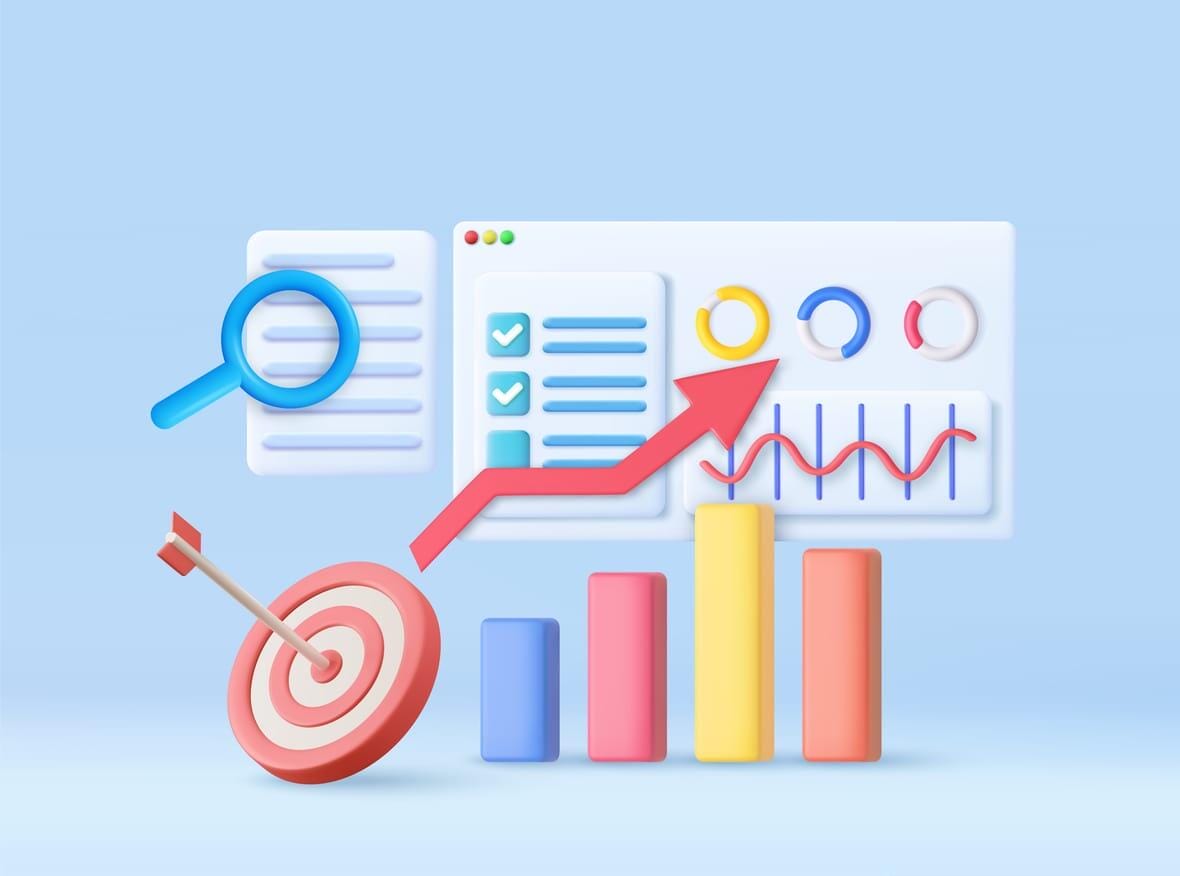Free SaaS marketing strategies & campaign ideas in your inbox every Thursday
Receive actionable SaaS marketing ideas to implement in your business
Insights, Marketing

Growing a B2B SaaS company is challenging, especially when customer acquisition costs (CAC) are too high and payback periods stretch too long. Many SaaS scale-ups reach a point where they can bring in customers, but the cost of acquiring them makes growth unsustainable.
Marketing can’t just be about getting more leads, it has to be about getting the right leads, converting them more efficiently, and reducing reliance on expensive acquisition channels.
Here’s the scenario I’m dealing with:
If I were responsible for fixing this, my focus would be on three things: improving website conversion rate optimisation (CRO), reducing reliance on paid ads through organic inbound, and leveraging account-based marketing (ABM) for higher-value deals.
Spending money on traffic is pointless if the conversion journey is broken. Before scaling anything, I’d look at where leads are dropping off and optimise for efficiency.
I’d start by analysing:
If the website is leaking leads, I’d start there.
Many SaaS websites use buzzwords or overly technical content rather than focusing on converting visitors into pipeline. I’d look at:
If the issue is further down the funnel, I’d work with sales to refine the qualification process and improve nurture sequences. I’d consider being transparent with pricing on the website to reduce the number of low quality leads, if this was an issue.
A major reason CAC becomes unsustainable is over-reliance on paid ads.
To balance the equation, I’d double down on organic inbound strategies.
Instead of writing generic blog posts, I’d focus on deep industry insights from the thought leaders in the company.
This would include:
To maximise reach, I’d repurpose the thought leader interviews in multiple formats. Using Riverside to record the interviews and Otter.ai to transcribe the interviews, I would then use AI to repurpose the video and transcript into multiple content formats:
Feeding AI with the thought leader interviews will result in high-quality content rather than generic AI crap.
This approach would build demand over time, reducing the reliance on constantly paying high costs for leads.
One of the toughest challenges for SaaS scale-ups is that their product is difficult to explain in broad terms. It’s much easier to market when it’s tied to a specific use case.
For every existing customer, I’d create a dedicated use case asset that breaks down exactly how they use the product, what problem it solved, and the tangible results. This wouldn’t just be a case study, it would be a full suite of assets designed to drive awareness and conversions.
Each use case would include:
These assets would then be used in ABM campaigns to get in front of the right accounts. Instead of trying to market broadly, I’d focus on hyper-targeted campaigns that speak directly to niche problems.
When CAC is high, the easiest way to fix it is by closing bigger deals more efficiently. Instead of trying to lower costs across the board, I’d focus on winning high-value accounts with ABM.
I’d work with sales to identify 50–100 ideal-fit accounts based on revenue potential, industry, and existing customer success stories.
Using LinkedIn Sales Navigator and Apollo.io, I’d refine the list based on:
Instead of running broad, high-CPC ads, I’d hyper-target decision-makers with:
Enterprise deals often stall because the wrong person is championing the product internally. I’d create tailored content for different stakeholders:
This ensures that all decision-makers are engaged early, reducing friction later in the sales process.
Scaling back ad spend doesn’t mean stopping it altogether, it means spending smarter. I’d optimise the paid strategy by:
With these adjustments, the goal would be to reduce CAC while maintaining lead volume.
By executing this strategy, here’s what I’d expect:
Scaling a B2B SaaS isn’t just about spending more, it’s about spending smarter. If your CAC is unsustainable, these are the levers I’d pull to fix it.
If this resonates with your business and challenges, and you are in need of marketing support to make this happen, this is exactly what me and my agency, Rocket SaaS, do for our clients. We create a strategy (like the above), then put the team in place to execute, working in alignment with your in-house resources.
If you’d like to discuss working together, let’s start with a free, no-obligation SaaS marketing strategy call.
Receive actionable SaaS marketing ideas to implement in your business
Email: info@rocket-saas.io






By Ryan James

